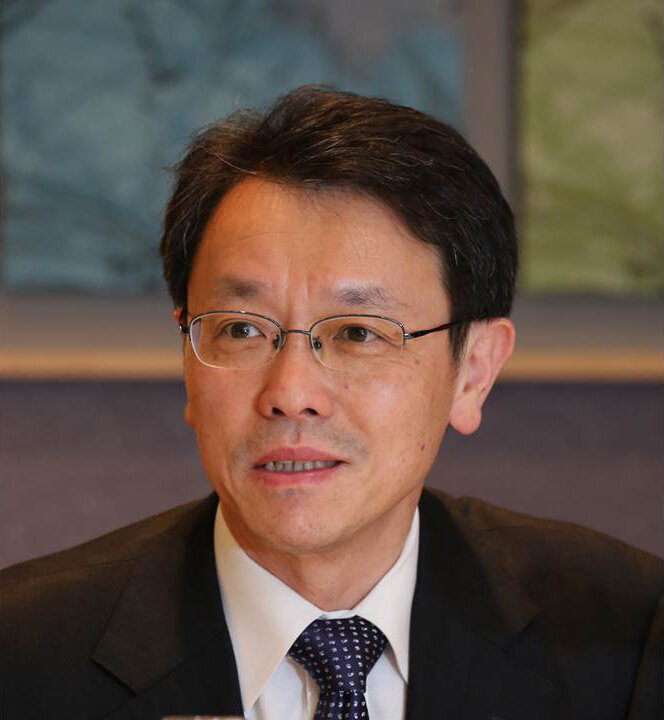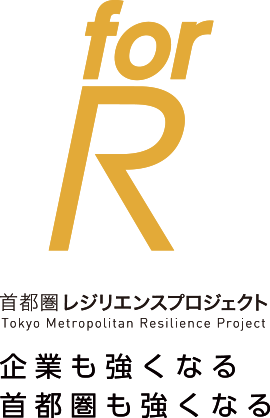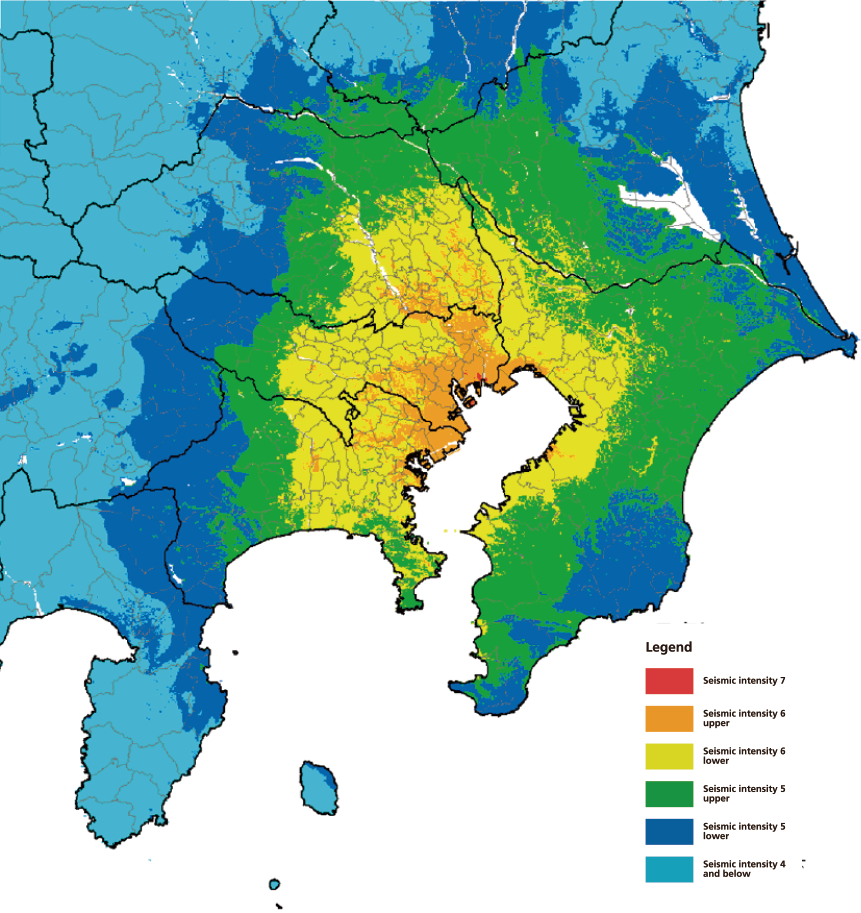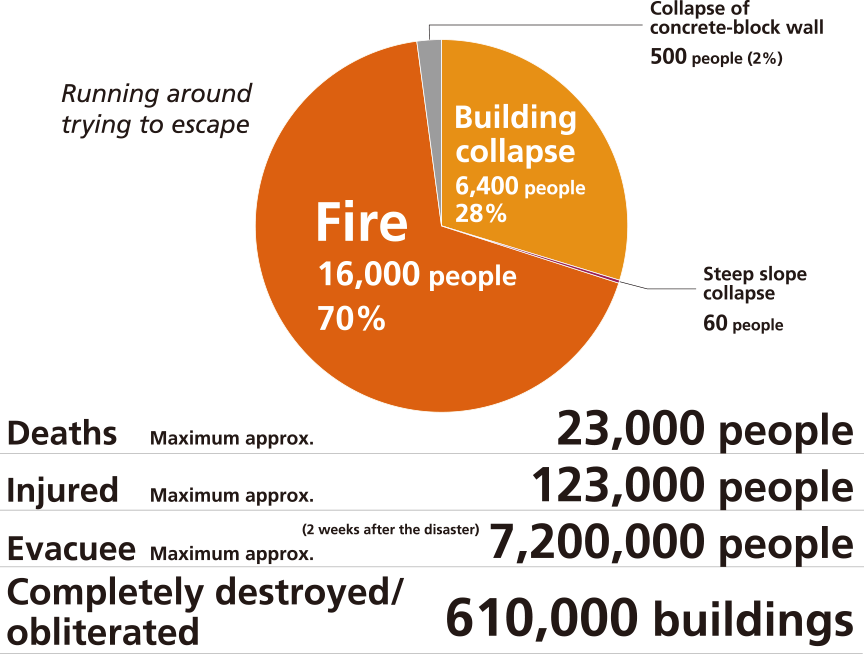What is "forR" ?
Greeting from Project Supervisor
Throughout history, Japan has been, and expected to be struck by major natural disasters. As well as claiming many lives and destroying properties, these disasters result in enormous economic damage.
Above all, there is about 70% probability of a Mag.7 earthquake striking within 30 years (Earthquake Research Committee, Headquarters for Earthquake Research Promotion). It is matter of major concern as to what would happen if a M7 earthquake struck beneath the Tokyo Metropolitan area.
Concentrating both urban functions and population, the Tokyo Metropolitan area is the nerve center of Japan and the nucleus of its economic activities. It is vital to accurately evaluate disaster risks faced by the capital region such as the anticipated Tokyo near-field earthquake, and to equip the Metropolitan region with comprehensive business continuity and response capabilities. To this end, it is first of all important to make a more resilient capital region by pooling the resources of industry, government, academia, and private sectors.
There are still not many institutions that combine research into social/natural sciences and engineering to ascertain what kind of disasters occur and how society reacts by the Industry-Government-Academia-Private linkage. First of all, it is important to build up successful implementation examples one by one for new initiatives such as "DEKATSU" for enhancing the resilience ("forR"). Over the next 3, 5 years I intend to work toward the materialization of a disaster resilience apparatus that will continue into the future.


What would happen in an earthquake epicentered directly below Tokyo?
There is about 70% probability of a Mag.7 earthquake striking within 30 years (Earthquake Research Committee, Headquarters for Earthquake Research Promotion). It is matter of major concern as to what would happen if a M7 earthquake struck beneath the Tokyo Metropolitan area.
Earthquake directly beneath southern part of Tokyo metropolis (near-field earthquake)
The Cabinet Office Working Group to Study Countermeasures for a Tokyo Metropolitan Near-field Earthquake estimates that if a M7.3 earthquake similar to those in Kumamoto or Kobe occurred, the areas experiencing seismic intensity of 6 (lower) + would be up to 30% of the capital and 3 prefectures. If such an earthquake occurs, as many as 23,000 lives would be lost, and over 600,000 buildings would be completely destroyed or razed by fire. Extensive fires would break out over a wide area and burn for 2 days. More than half of businesses and households would experience power cuts, and major unease would continue for over a week. Transport would be paralyzed, as the subway could potentially stop for a week and local lines for a month.
Approx. 30% of land area of Tokyo and 3 refectures (approx. 4,500km) experiencing intenity 6 (lower) +


Death toll and damage caused by near-field earthquake


